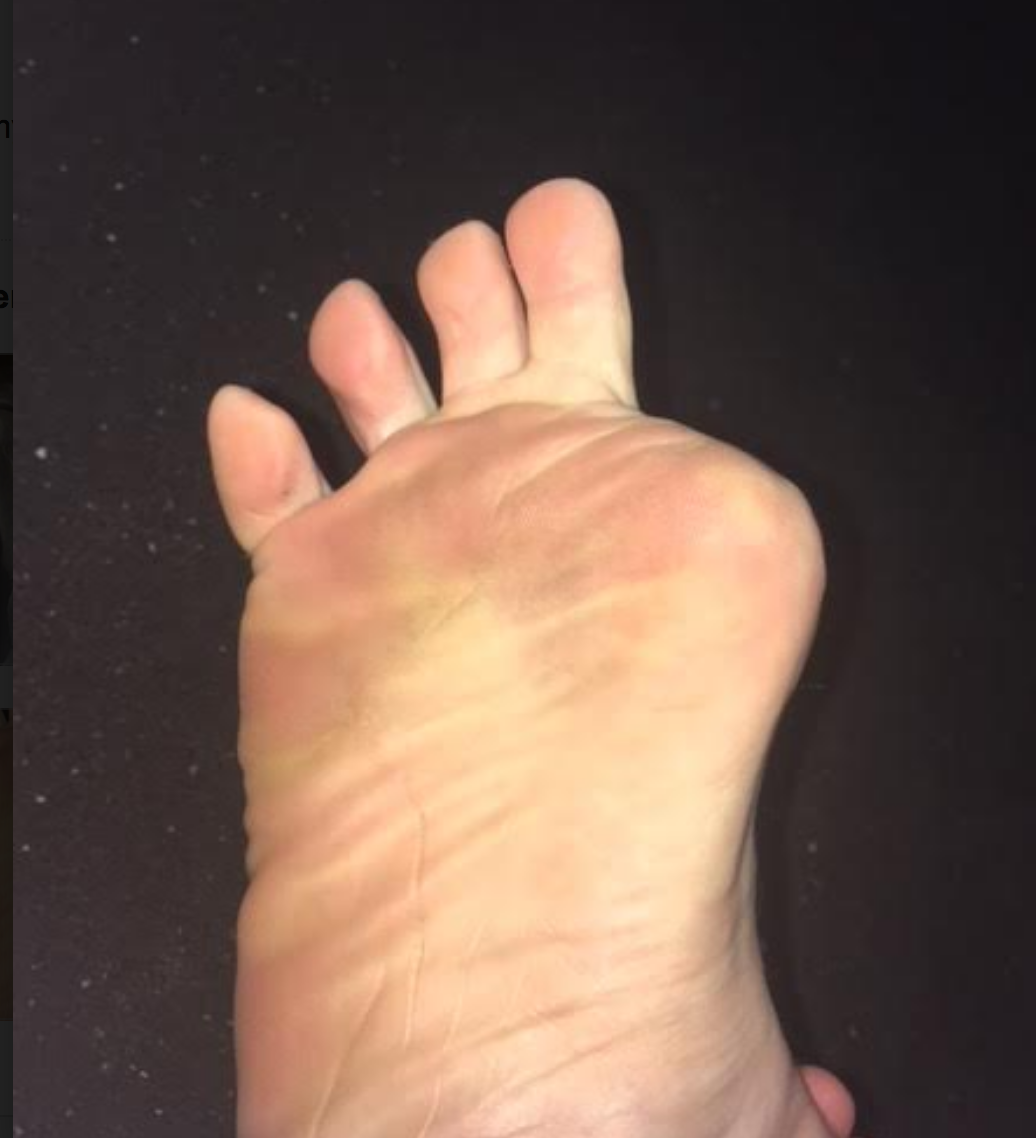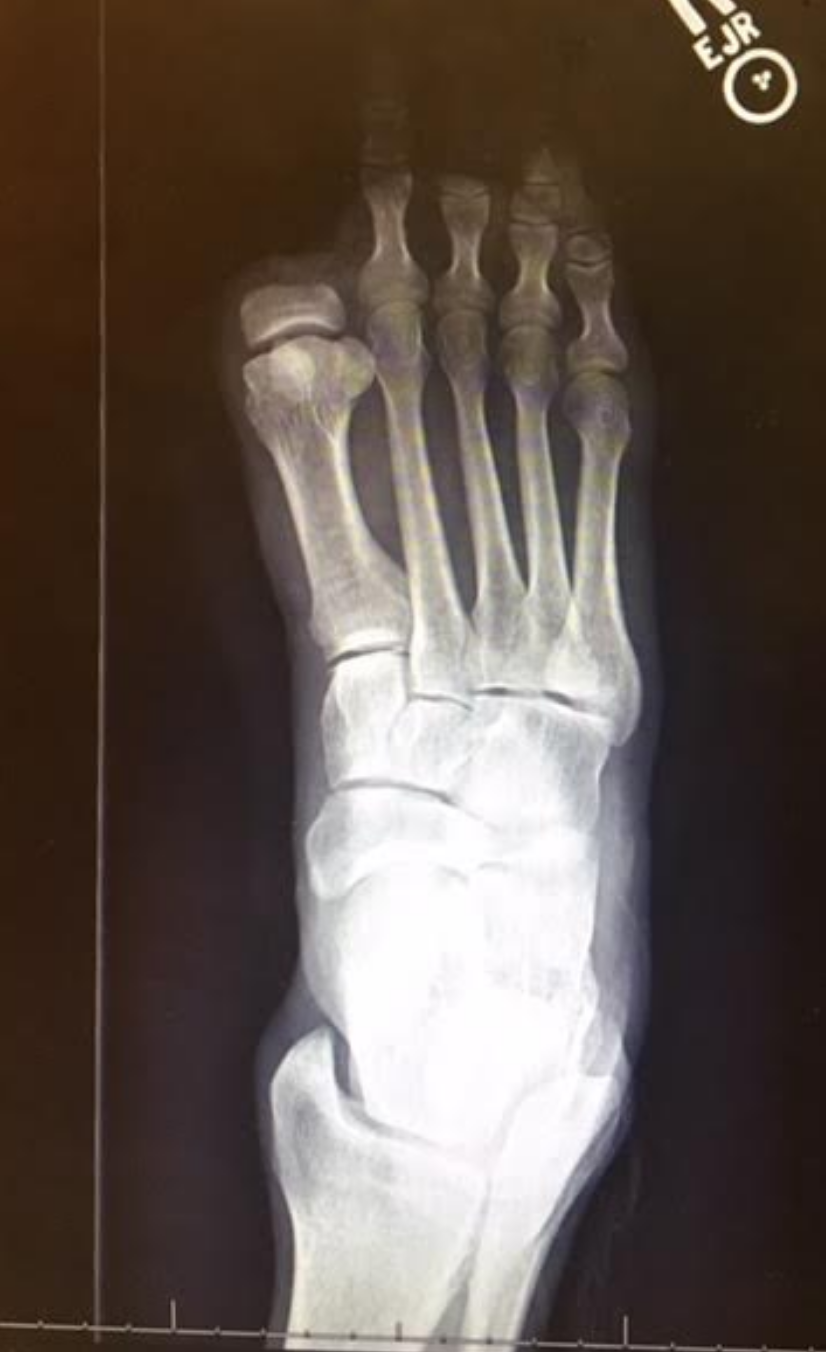Arm and leg swing gait quiz. Today I combine concepts from my previous quizes ! This one may really put you to the test.
Two women walking on a sloped beach. They are arm in arm.
Take the principles I have taught you on slope walking, functional leg length differentials to level the pelvis, and arm swing to answer the question.
Here is the question: Are these two more likely to walk “in phase or out of phase”?
* Do not mistaken the question for anti-phasic or phasic. These are two different concepts. If you are out of the loop on these 4 terms, just search the blog for them. Then come back here to answer this brain thumper.
Make for your case in your head and then scroll down to hear my reasoning for my answer.
This is an EXTREMELY difficult mind bender of a question. You will need to understand the concepts of 2 prior blog posts to even get to the starting line of the solution. These are the questions I will often pose to myself so that I force the mental gymnastics of gait biomechanics, and quicken my “gait mind” so that I can leave room for processing unique factors in someone’s individual gait. If you have to take time to process the basics, you are gonna run out of time during a consultation and your client will notice you scratching your head. This is a maturation process, you must put in the work that Ivo and I have, if you want to solve the really tough cases. Simple cases are a break, a vacation if you will, they are welcome during a clinic day, but it is the tough cases that make you stretch that truly fulfill your day. When you are in the clinic, you have to think fast, efficiently and effectively. Recently I had a powerlifter drive from out of state to see me. His case problems were unresolved for many years. The treating clinician was on the right page, doing a great job actually, but there were so many issues going on that it was hard to see the root of the problem so the case was just being more “managed” than solved. His case was much like this one, all of the findings and factors were related but because I had seen this hodge podge of complaints before (right foot, right knee, left hip, low back, pelvis distortion and a classic Olympic lift compensation fail) so I knew quickly how to piece it all together into a logical solution and find the single spot to focus the therapy, at the root of the problem. My point is that I had done the hard “head scratching” work long ago, so I readily was able to dismiss the distractors and recognize this beast for what it was.
Back to the two ladies beach walking, I am basing things on a simple assumption that on most beaches the slope gently levels out at the water line, and that the sand several feet up the beach from the water is on a steeper incline, simple tide erosion principles. Thus, the woman higher up on the beach will be on a steeper slope, this means more beach side leg knee flexion which means less hip extension, meaning a shorter right step length. This will impair left arm swing, likely shortening it. Less right hip extension will be met by less left arm extension (posterior arm swing behind the body). This often leads to left arm cross over, arm adduction.
Here is where things get squirrelly. The lady lower on the beach is on a slightly more gentle slope but her issues are the same just muted slightly. So her right beach side leg is in less flexion at the knee and hip, so hip extension is greater and step length will be longer (relative to her friend higher up on the beach). However, she (ocean side lady) is being led by the impaired arm swing, as discussed above, of the lady on the beach side. That is, if in fact she is being led or if she is the leader. Oy ! There is the brain bender !
One must consider who is the more corrupting force. In this case, the more corrupting forces will likely trump out the cleaner forces. The ocean side lady is clearly going to have a “more normal” gait with more normal arm and leg swing and step lengths, quite simply the slope she must negotiate is less so there is less corrupting forces on her. The lady on the beach side is having to accomodate more to her greater slope. The lady up the beach is working harder to keep her pelvis level, her eyes and vestiular apparati on the horizon, her differing step lengths from pulling her off from a straight line course, to keep her from falling over (the steeper the slope, the greater the balance challenge to fight from falling into the beach or falling down the slope. Laws of physics say that things roll down hill, so she is fighting this battle while trying to walk a straight line down a sloped beach, with a friends arm in tow).
So, with all that said, one could logically assume that the gal up the beach is definitely working harder, she has greater differing arm and leg swings from side to side, different step lengths, greater struggles with staying up on the slope when gravity wants her to move down the slope, she has more left arm flexion and adduction to help pair with the struggling and perpetual right hip flexion (and loss of right hip extension), she will have to demonstrate more spinal stiffness to deal with these limb girdle torsional differences side to side and a host of other issues I have outlined in these prior “beach walking” quiz posts. Clearly beach side lady is working harder. Thus, just to maintain her gait posturing up on the slope, she will have to dominate the gait. If she gives in to the signals of her ocean side gal, she will have to soften her slope work strategies and she will move down the slope to easier ground.
Now, back to the question: Are these two more likely to walk “in phase or out of phase”?
Who truly knows is the answer ! However, we know beach lady is working harder and must continue to do so to stay up on the slope, so her left arm will remain dominant and the ocean side gal will have to accommodate to a very jerky yet cyclically synchronous gait. To walk linked together they will have to find some rhythm. Walking slower will be easier for them to find a harmoniously rhythm. However, one could make the case that “out of phase” gait will be easier (mental image to help you, if they tie ocean side lady’s right ankle to beach side ladies left ankle you will create “out of phase” gait. Thus, the ocean side lady will not mirror her beach side friend. Thus, when beach lady has right leg in extension, ocean side lady will have her left leg in extension. Why? Well, the left arm swing , their point of union, is the trouble zone. With beach side lady having the left arm in more flexion and adduction, the ocean side lady has to accommodate and meet that troubling arm swing. This means her right leg will be in extension at the same time beach side lady has her left leg in extension. This will be more accommodative work for ocean side lady, but she will just have to go with it. Failure to do so will pull her friend down off the beach and making life harder for her friend.
So there you have it. The person up the slope is working harder to stay here, the person down the slope is working harder to accommodate to a gait that their lower slope is not requiring. Thus, they are both working hard, but for different reasons. But the winner, the dictator, is the one with the greater slope risk. And thus, she will dictate an “out of phase” gait of her ocean side partner, if they are to still walk embraced.
How did you do ? Can you make a case for “in phase” as the solution ? I can, but I think that “out of phase” is more likely, for the above reasons.
Thanks for playing this tough one. Congratulations to you if you followed things smoothly. IF you did not, go back and play the mental game again, I think these are important fundamentals everyone should have if you are doing gait work.
Dr. Shawn Allen
































